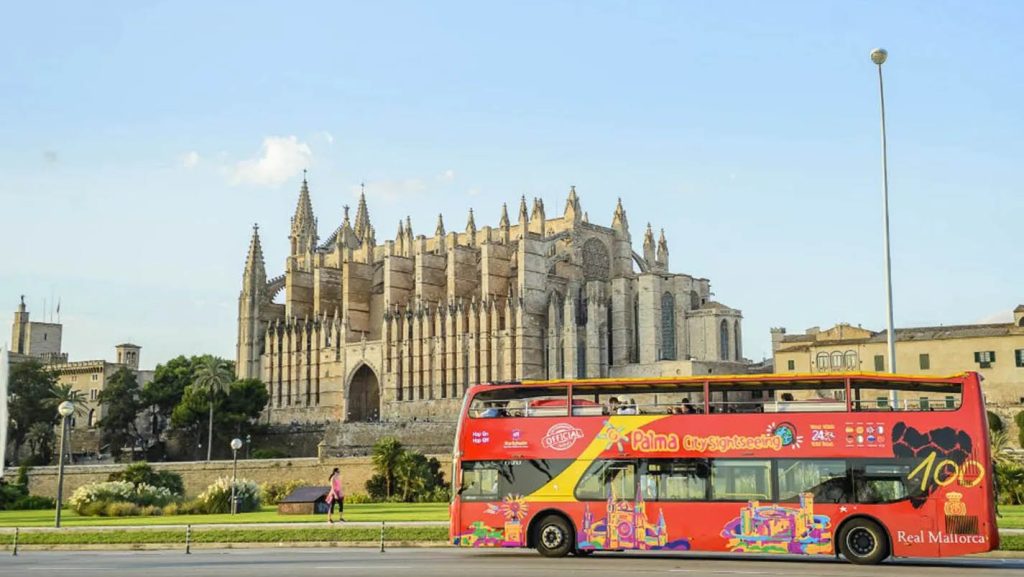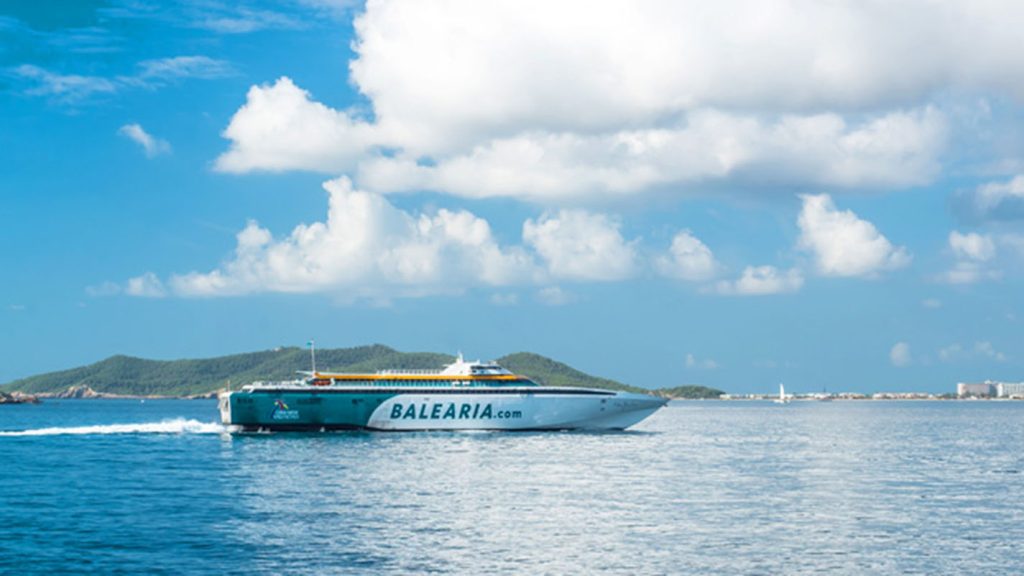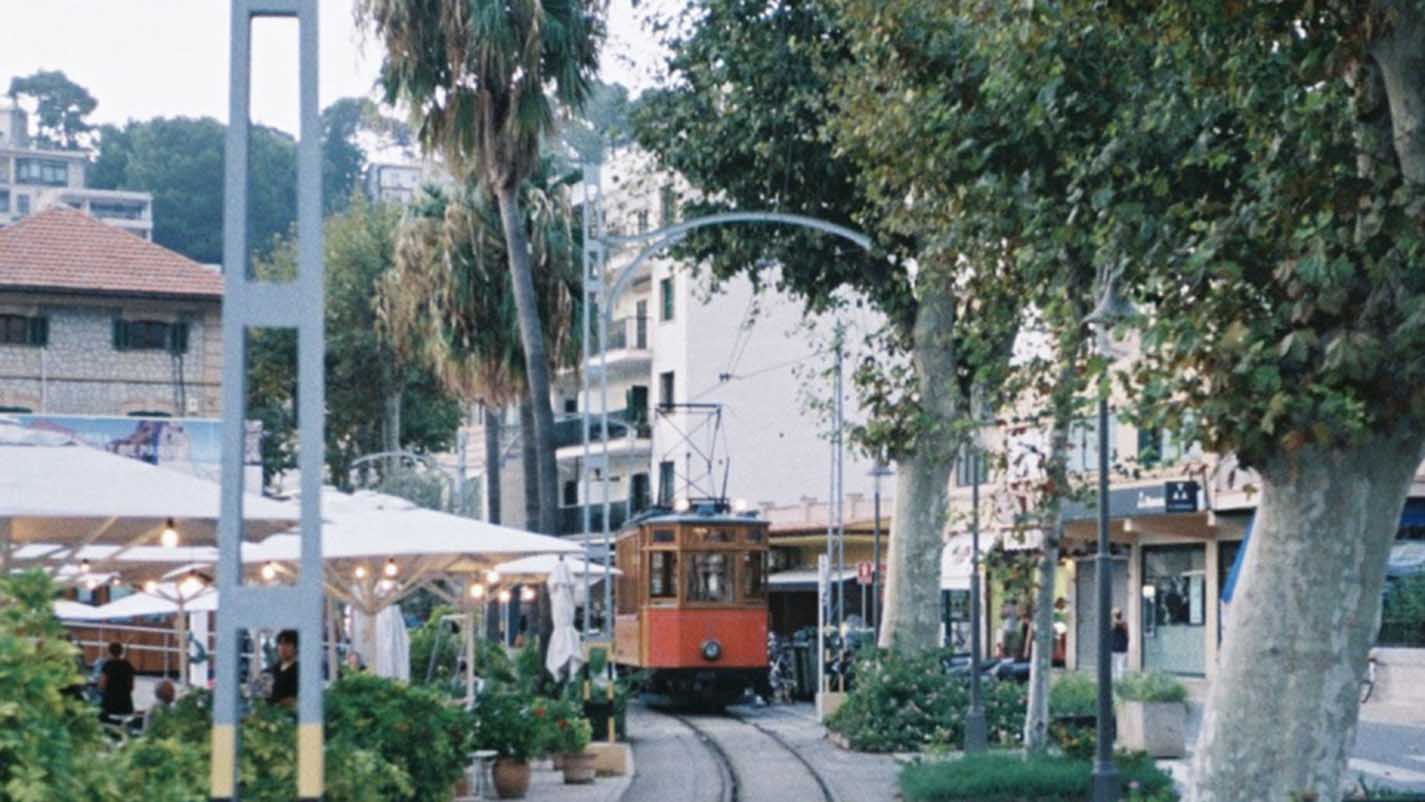Mallorca, the largest of Spain’s Balearic Islands, is a travel destination that caters to a wide variety of interests. From pristine beaches and hidden coves to charming mountain villages and vibrant cities, exploring this Mediterranean gem requires some planning, especially when it comes to transportation. Understanding the options available—from car rentals and public transport to ferries—can make a significant difference in how smoothly your trip unfolds. Whether you are a first-time visitor or returning to explore hidden corners, this comprehensive guide will help you navigate Mallorca like a local.
Why Transportation Matters in Mallorca
Despite its relatively modest size, Mallorca is an island of remarkable diversity, and navigating its landscapes requires more than just casual walking. Stretching over 100 kilometers from east to west and about 70 kilometers from north to south, the island is shaped by dramatic mountains, rolling valleys, fertile plains, and a coastline dotted with both popular beaches and secluded coves. This geographical variety means that while some destinations are easily accessible, others demand thoughtful planning and the right mode of transport to fully appreciate their beauty.
Choosing how to get around Mallorca significantly influences both the convenience of your trip and the quality of experiences you can enjoy. For example, while Palma, the island’s bustling capital, offers a compact city center ideal for exploring on foot, reaching the tranquil northern beaches, hidden mountain villages, or the remote western cliffs is far more practical with a vehicle. Renting a car not only allows you to move at your own pace but also opens up possibilities for spontaneous stops at viewpoints, local cafes, or roadside markets—experiences that are often missed when relying solely on fixed public transport schedules.
Public transportation, on the other hand, plays an essential role for travelers who prefer convenience, affordability, or a more eco-friendly approach. Mallorca’s network of buses connects major towns and tourist hubs, while trains, such as the scenic route from Palma to Sóller, offer a charming and stress-free alternative to driving. Using buses and trains can be particularly effective if you are planning to explore smaller sections of the island without the hassle of parking or navigating unfamiliar roads. Many visitors find that combining public transport with walking tours or cycling provides an enriching way to connect with local culture, meet residents, and enjoy the slower rhythm of life that smaller towns and villages offer.

Cycling is another popular way to get around, especially in areas with dedicated bike paths or relatively flat terrain. Mallorca has earned a reputation among cycling enthusiasts for its well-maintained roads and varied routes, ranging from coastal rides with breathtaking sea views to challenging mountain climbs in the Serra de Tramuntana. For shorter distances, exploring towns like Alcúdia, Pollença, or Port de Sóller by bike is not only efficient but also allows for intimate encounters with local life that are difficult to achieve by car or bus.
It is also worth noting that ferries play an important role in the island’s transport ecosystem. Beyond connecting Mallorca to neighboring islands such as Menorca, Ibiza, or Formentera, ferries offer access to isolated beaches and bays that are otherwise difficult to reach. They add a unique dimension to the travel experience, letting visitors appreciate Mallorca’s coastline from a fresh perspective while combining relaxation with adventure.
Ultimately, understanding the island’s transport options is key to making the most of a visit to Mallorca. Whether your focus is maximizing flexibility, minimizing costs, or simply soaking up the scenery, thoughtful transportation planning ensures that every journey—whether it’s a short city stroll, a mountain drive, or a coastal ferry trip—becomes part of the island’s memorable experiences. By carefully choosing how to navigate Mallorca, travelers unlock the full spectrum of what this Mediterranean jewel has to offer.
Car Rentals: Freedom and Flexibility
For most travelers, renting a car in Mallorca is the most efficient and flexible way to explore the island.
Advantages of Renting a Car
- Freedom to explore at your own pace: Stop in villages, beaches, and viewpoints as you wish.
- Access to remote areas: Mountain trails, hidden coves, and off-the-beaten-path destinations are easier to reach.
- Convenience for families or groups: Traveling with children or in groups is far simpler with a car.
Choosing the Right Rental
There are numerous rental companies across Mallorca, from international brands like Sixt, Hertz, and Avis to local providers offering competitive rates. When choosing a rental, consider:
- Vehicle size: Compact cars are ideal for city streets and narrow mountain roads, while SUVs or larger vehicles may be better for comfort and luggage space.
- Fuel policy: Check whether full-to-full or pre-purchase fuel options suit your travel plans.
- Insurance coverage: Mallorca’s winding roads can be challenging, so comprehensive insurance is recommended.
Driving Tips
Driving in Mallorca is relatively straightforward, but there are a few things to keep in mind:
- Roads: Coastal highways are well-maintained, but mountain roads can be narrow with sharp curves. Take caution during rainy weather.
- Parking: In Palma and popular towns, parking can be limited. Look for designated lots and check for parking fees.
- Local rules: Speed limits are strictly enforced, and seatbelts are mandatory. Always carry your license, rental agreement, and identification.
Public Transportation: Affordable and Efficient
For travelers who prefer not to drive, Mallorca offers a well-organized public transportation system, including buses and trains that connect most major towns and tourist destinations.
Buses
The bus network on the island is extensive, covering Palma, beach resorts, mountain villages, and even some remote locations.
- Palma city buses: Efficient and affordable for city travel, connecting key attractions, shopping areas, and neighborhoods.
- Intercity buses: Operators like TIB run scheduled routes to Alcúdia, Sóller, Pollença, and other towns. Buses are reliable and often have luggage space.
- Tips: Always check the schedule in advance, as frequency can be lower in rural areas or early mornings.
Trains
The train network is smaller but offers unique experiences:
- Palma to Sóller: The vintage wooden train through scenic citrus groves is not just transportation but also a tourist highlight.
- Commuter trains: Connecting Palma with nearby towns like Inca and Manacor, trains are an affordable alternative to buses.
Advantages of Public Transport
- Cost-effective: Cheaper than renting a car, especially for solo travelers or couples.
- Environmentally friendly: Reduces traffic and carbon footprint.
- Relaxation: Avoid the stress of driving and parking, especially in busy urban areas.
Bicycles and Scooters: Active Exploration
Mallorca is famous among cyclists for its diverse terrain. Renting a bicycle or electric scooter is ideal for short distances, city exploration, or coastal routes.
- Bike rentals: Available in Palma and beach resorts, ranging from road bikes to mountain and e-bikes.
- Cycling routes: Coastal roads, rural lanes, and scenic trails in Serra de Tramuntana cater to different skill levels.
- Safety tips: Wear helmets, follow traffic rules, and plan routes according to your fitness level.
Ferries: Island Hopping and Coastal Adventures
Ferries are another essential mode of transportation, both for exploring Mallorca’s coastline and visiting nearby islands like Menorca, Ibiza, or Formentera.
Ferry Services
- Palma Port: The main hub with connections to mainland Spain (Barcelona, Valencia) and other Balearic Islands.
- Coastal routes: Short ferries connect smaller ports, allowing access to remote beaches and coves.
- Car ferries: Some routes allow you to bring your rental car, offering additional flexibility.
Advantages of Ferries
- Scenic journeys: Enjoy stunning views of cliffs, coves, and the Mediterranean sea.
- Flexibility: Combine ferry trips with hiking, beach visits, or cultural exploration.
- Cost-effective for group travel: Particularly convenient for families or larger groups.

Planning Your Transport Strategy
To make the most of Mallorca, many travelers combine different transport modes:
- Base yourself in Palma: Use public transport or taxis for city exploration.
- Rent a car for day trips: Reach mountains, remote beaches, or hidden villages at your own pace.
- Use ferries for coastal and island excursions: Add a new dimension to your itinerary.
- Cycle short distances: Enjoy eco-friendly exploration and stunning scenery without traffic concerns.
- Book early: Car rentals, especially during peak seasons, can sell out quickly.
- Check schedules: Buses and ferries may have reduced service outside main tourist areas.
- Carry maps and apps: Navigation tools can help with less-signposted mountain roads.
- Respect local rules: Traffic laws and maritime regulations are strictly enforced.
- Pack accordingly: Comfortable shoes for walking and cycling, and light layers for variable weather.
Mallorca’s charm lies not only in its scenic landscapes and cultural richness but also in the freedom to explore them in multiple ways. Whether you opt for the independence of a rental car, the affordability and convenience of public transport, the adventure of cycling, or the relaxation of a ferry ride along the coast, each mode of transport opens up unique opportunities to experience the island fully.
By understanding the options and planning strategically, travelers can navigate Mallorca efficiently, discovering everything from hidden beaches and mountain villages to bustling city streets. The island’s accessibility combined with its breathtaking diversity ensures that every journey—no matter the mode of transport—is as memorable as the destination itself.
Mallorca is an island where every road, trail, and ferry route promises a new adventure, making transportation not just a necessity, but an integral part of the travel experience.
Tags: Advantages of Ferries, Car Rentals, Public Transportation
